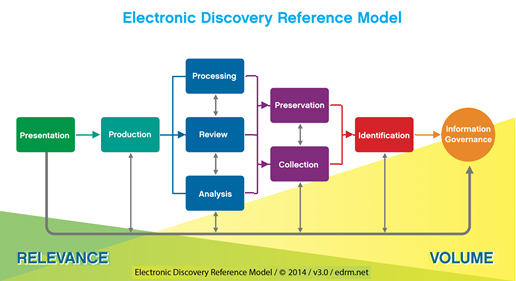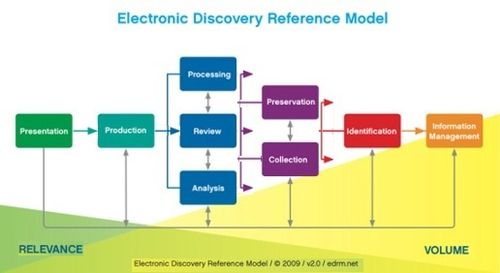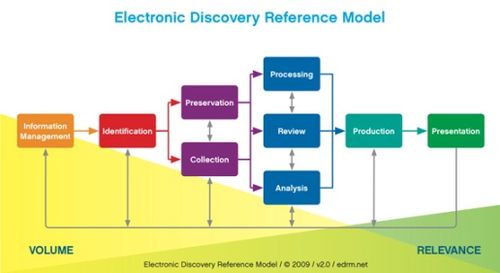Calling First 30(b)(6) Witness a “Waste of Time”, Court Orders a Second Deposition: eDiscovery Case Law

In Rembert v. Cheverko et. al., No. 12-9196 (S.D.N.Y., Oct. 9, 2015), New York District Judge Katherine B. Forrest granted the plaintiff’s motion “in its entirety” to compel the defendants to provide a properly prepared 30(b)(6) witness to testify regarding the defendants’ preservation and production of emails, to provide copies of document retention/preservation notices issued and to reimburse plaintiff’s costs and fees associated with having to conduct an additional deposition.
Case Background
In this civil suit filed by an inmate in the Westchester County Department of Corrections system over failure to properly treat a fractured arm, the plaintiff sought documents including any email communications between prison staff about the plaintiff. The defendants failed to respond to that request for over three months, at which time they simply stated that they were not in possession of any such communications. At a conference two days later, when pressed, defendants’ counsel conceded that defendants had not performed any search for emails and committed to expeditiously search for electronic documents for their witnesses, but still failed to provide any additional emails, despite the fact that five defendants’ witnesses confirmed that they used email to communicate about their patients and that responsive documents about the plaintiff should exist.
The plaintiff issued a motion to compel, to which defense counsel responded by calling the allegations regarding email collection “reckless and, frankly, scurrilous.” Nonetheless, counsel for defendants ultimately made a small production of several emails to plaintiff’s counsel just before a court conference in July, which the plaintiff’s counsel determined to be incomplete. The Court then outlined several possible ways of proceeding to resolve this email issue including a 30(b)(6) deposition. The defendant’s motion to strike the 30(b)(6) deposition was denied and the deposition proceeded on September 25.
Judge’s Ruling
With regard to the 30(b)(6) deposition that was conducted, Judge Forrest noted “it is clear from the transcript that the witness was not prepared to deal with even the most basic topics set forth in the notice. It was a pure waste of time.” Continuing, she stated:
“The designated witness, Peter Gavin, the Director of Health Information, testified that he had met with defense counsel once, for “an hour, I think.”…This is in contrast to defense counsel’s representation in his response to this motion that he prepared Mr. Gavin over the course of two days….Someone’s recollection is incorrect. Mr. Gavin did not know the version of the email platform used, whether Correct Care maintains the emails on its own server or works with a third party to do that, whether the storage is cloud-based, whether there are any size constraints on the amount of email data that a user can retain, what deletion practices were employed automatically, periodically or specifically, he was unfamiliar with ways of archiving emails other than his own personal practice, whether emails and documents were stored on the hard drive of a user’s computer or on a network server, whether emails sent or received through cell-phones would go through a web-mail client, whether Correct Care backs-up email, etc.”
As a result, Judge Forrest granted the plaintiff’s motion, stating that “[a] properly prepared 30(b)(6) witness shall be made available not later than October 23, 2015. Counsel shall confer on the appropriate location to take the deposition. As plaintiff should not have to have made this motion given the Court’s prior rulings and warnings, defendants shall pay the costs plaintiff has incurred in bringing this motion including: reasonable attorney’s fees for attending the useless deposition of Mr. Gavin and bringing this motion, and court reporter fees for the deposition of Mr. Gavin. Such costs shall be paid to the Patterson Belknap firm within 30 days of this Order. Defendant shall also provide plaintiff and the Court with copies of any document retention/preservation notices issued in connection with this case and the recipients of such hold notice. Such production shall occur not later than October 16, 2015.”
So, what do you think? Have you ever been involved in a case where a second 30(b)(6) witness had to be produced? Please share any comments you might have or if you’d like to know more about a particular topic.
Disclaimer: The views represented herein are exclusively the views of the author, and do not necessarily represent the views held by CloudNine. eDiscovery Daily is made available by CloudNine solely for educational purposes to provide general information about general eDiscovery principles and not to provide specific legal advice applicable to any particular circumstance. eDiscovery Daily should not be used as a substitute for competent legal advice from a lawyer you have retained and who has agreed to represent you.








